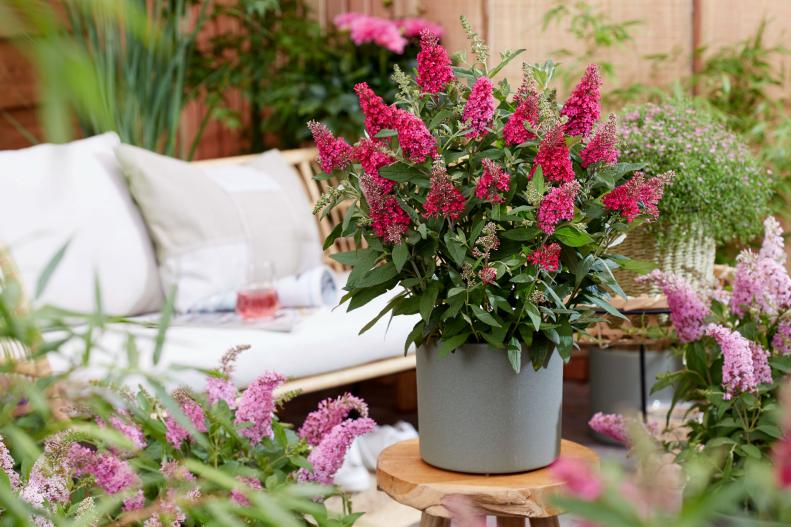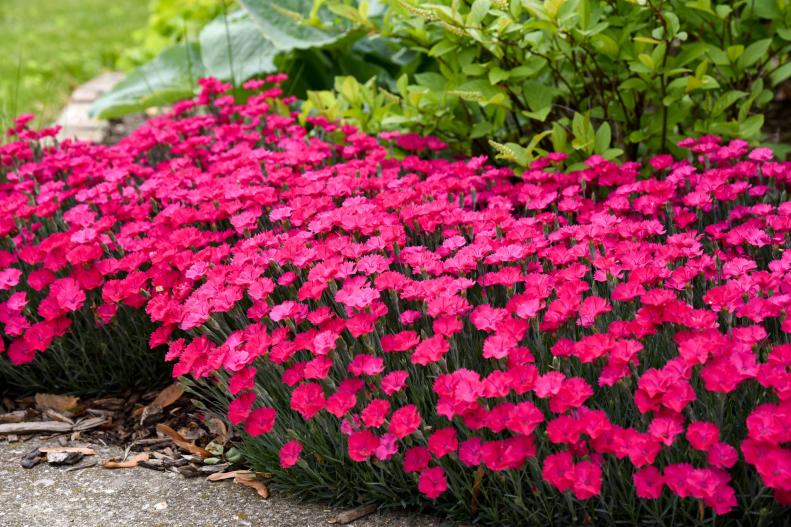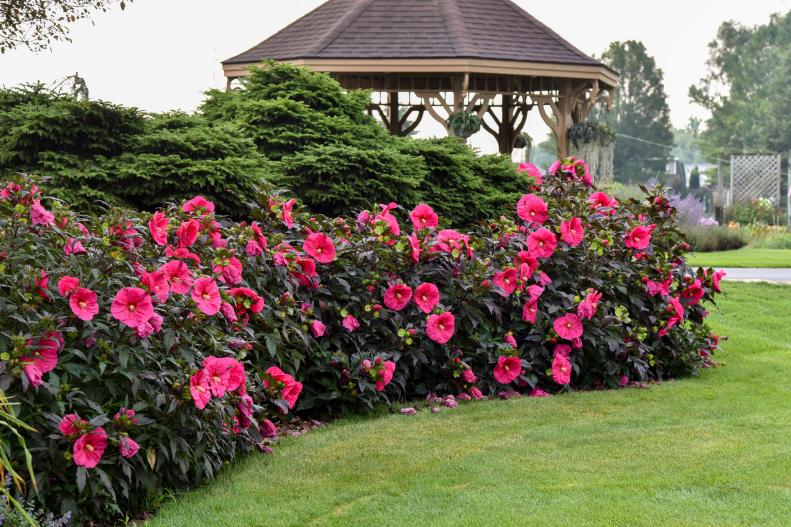1 / 25
Photo: Butterfly Candy
Butterfly Candy Buddleja 'Lil Raspberry'
Pantone, a color consulting company, has named Viva Magenta, a shade in the red family, as its 2023 Color of the Year. To help you hop on this color trend, we've curated a gallery of magenta flowers and plants that will add this vibrant color to your containers and garden. Color display can vary by computer monitor or device, so you may also see burgundy, maroon and other hues.
Shown here: Buddleja Butterfly Candy 'Lil Raspberry', a compact, sun-loving perennial for USDA Garden Zones 5 to 10. Plant it for your favorite butterflies.









